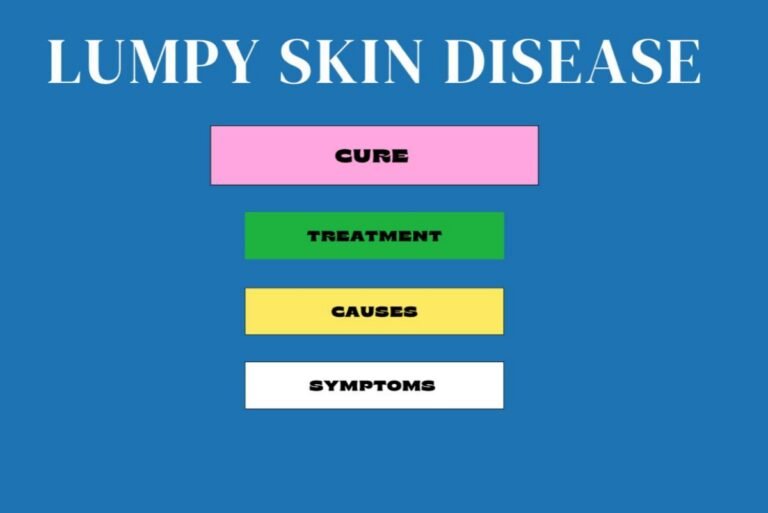Osteoporosis: A Silent, Insidious Threat to Bone Health:
Osteoporosis: A Silent, Insidious Threat to Bone Health:
Osteoporosis, continuously hinted to as the “quiet deceive,” quietly disable bones over a long time, making them soft and more likely to break.It impacts millions around the world, wild a critical open growth issue. This article jumps into the nature of osteoporosis, examining its causes, signs, symptomatic shapes, treatment options, and preventative measures, indicating to a cautious understanding of this inevitable condition.
Introduction:
Osteoporosis can be a bone contamination characterized by decreased bone mass and quality, driving to an extended danger of breaks.It regularly advances without any side effects until a break happens, making early detection and treatment pivotal. Overview osteoporosis is the essential step in supervising and foreseeing this condition reasonably.
Understanding Osteoporosis:
What is osteoporosis?
Osteoporosis may be a condition where the bones gotten to be permeable and sensitive due to a diminished in bone thickness and quality.This crumbling of bone tissue increments the chance of breaks, without a doubt from minor falls or stresses.
Types of osteoporosis:
- Primary Osteoporosis: This type is commonly associated with aging and the hormonal changes that occur in postmenopausal women and older men.
- Secondary osteoporosis: caused by other medical conditions or medications that affect bone health, such as long-term steroid use or certain autoimmune diseases.
Causes and risk factors:
Biological Factors:
- Age: The risk of developing osteoporosis increases with age.
- Sex: Women are more prone to osteoporosis, especially postmenopausal women, due to decreased estrogen levels.
- Family History: Genetics play a role, with a family history of osteoporosis increasing the risk.
Lifestyle Choices:
- Dietary Habits: Low calcium and vitamin D intake contribute to bone loss.
- Physical inactivity: Lack of exercise leads to weaker bones.
- Tobacco and Alcohol Use: Smoking and excessive alcohol consumption can decrease bone density.
Medical Conditions and Medications:
Certain maladies and medicines can incline people toward osteoporosis, including rheumatoid joint pain, constant kidney disease, and glucocorticoids.
Symptoms and complications:
Osteoporosis may stay asymptomatic until a break happens. Side effects include sudden torment, a decrease in stature over time, a stooped pose, and diminished portability. Complications can combine constant torment, incapacity, and a fewer quality of life.
Diagnosis:
Bone Density Tests:
Dual-energy X-ray absorptiometry (DEXA) is the gold standard for analysis osteoporosis by calculating bone mineral thickness (BMD).
Other diagnostic tools:
Extra tests, like blood and pee examinations, can offer assistance in figuring out other conditions and recognizing the basic causes of bone misfortune.
Treatment Options:
Medications:
Bisphosphonates, exact estrogen receptor modulators (SERMs), and parathyroid hormone-related medicines are encompassed by the drugs utilized to anticipate bone mishap and fortify bones.
Lifestyle Changes and Home Remedies:
Dietary adjustments to extend calcium and vitamin D admissions, standard weight-bearing workouts, and stopping smoking and drinking can offer assistance in overseeing osteoporosis.
Surgical Options:
In extreme cases, surgical interventions such as vertebroplasty or spinal combination may be vital to repair breaks and lighten torment.
Prevention:
Nutritional Recommendations:
A diet low in calcium and vitamin D is essential for bone wellbeing. Supplements may be essential for people incapable of meeting their needs through counting calories alone.
Exercise Guidelines:
Standard weight-bearing and muscle-strengthening exercises can increase bone thickness and quality, decreasing the risk of osteoporosis.
Lifestyle Modifications:
Maintaining a strategic distance from tobacco, restricting liquor utilization, and avoiding falls are pivotal steps in anticipating bone misfortune and breaks.
Living with Osteoporosis:
Managing osteoporosis includes a comprehensive approach that incorporates restorative treatment, way of life changes, and conceivably adjusting the living environment to diminish the hazards of falls and breaks.
Future Directions in Osteoporosis Treatment:
Investigate proceeds to investigate modern medicines, counting novel medicines and treatments pointed at fortifying bone development and anticipating bone misfortune, advertising trust for made strides administration of osteoporosis within the future.
Conclusion:
Osteoporosis could be a noteworthy wellbeing concern with broad suggestions. Be that as it may, with early discovery, fitting treatment, and preventative measures, people can oversee their hazards and keep up solid bones. Understanding osteoporosis is fundamental for anybody looking to prevent or oversee this condition, guaranteeing a far better, much better, higher, stronger, and improved quality of life.






